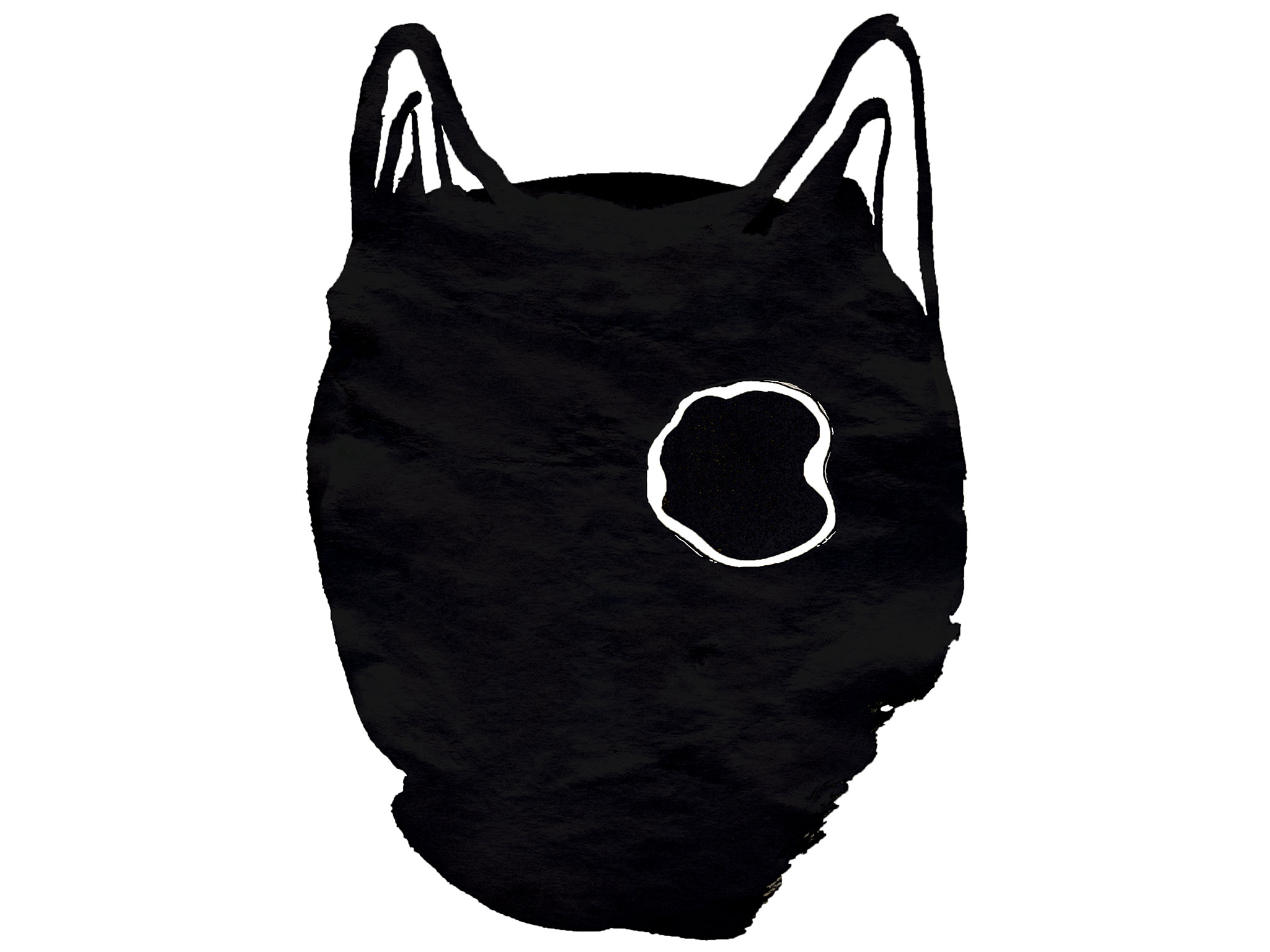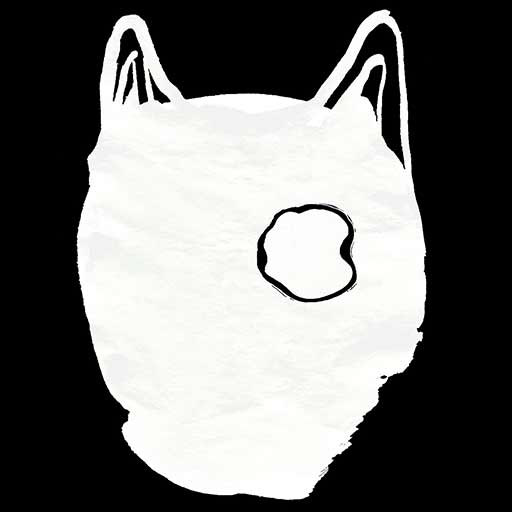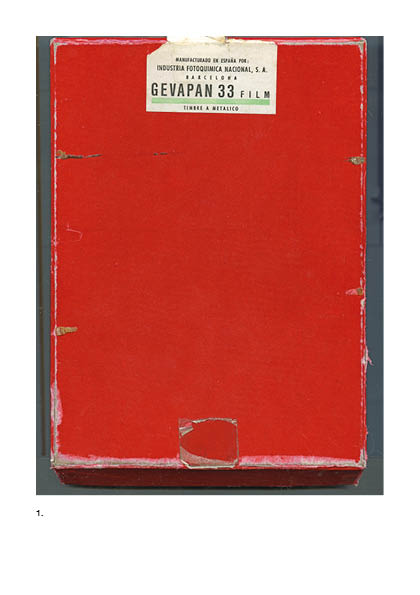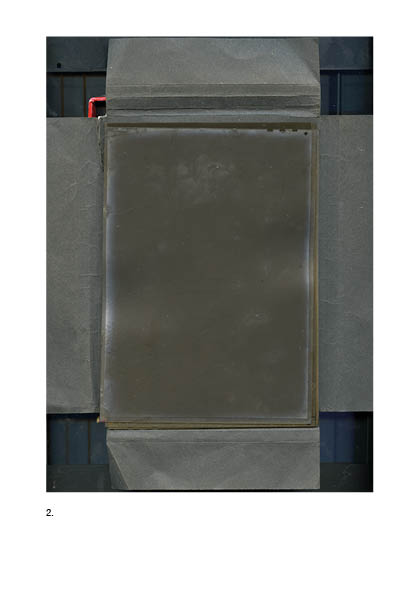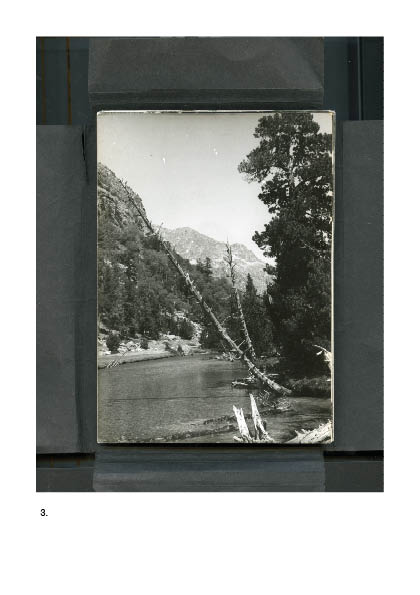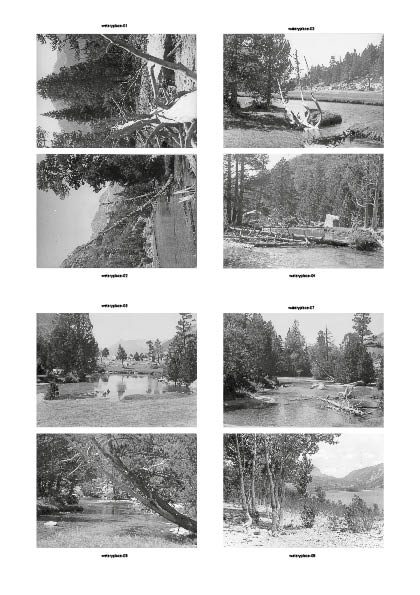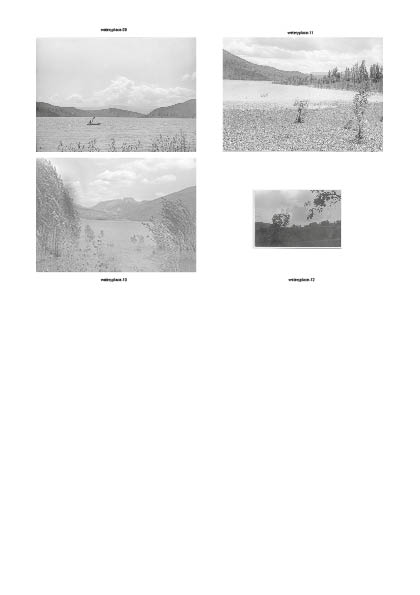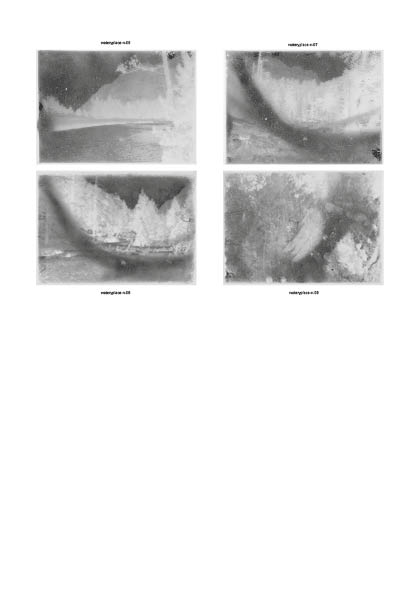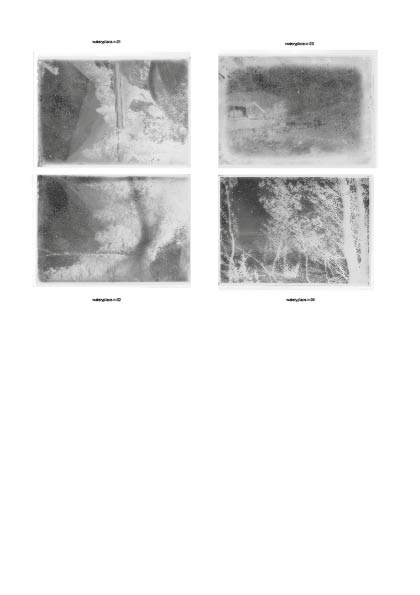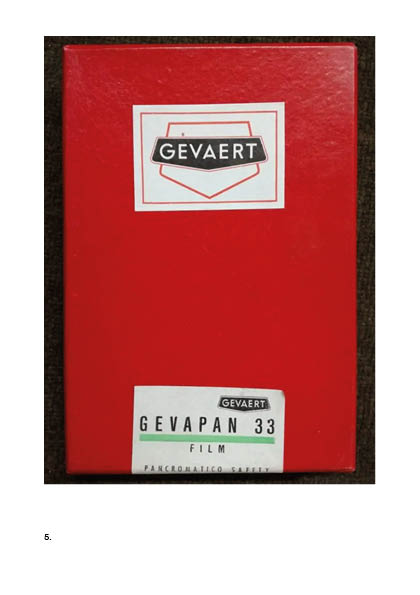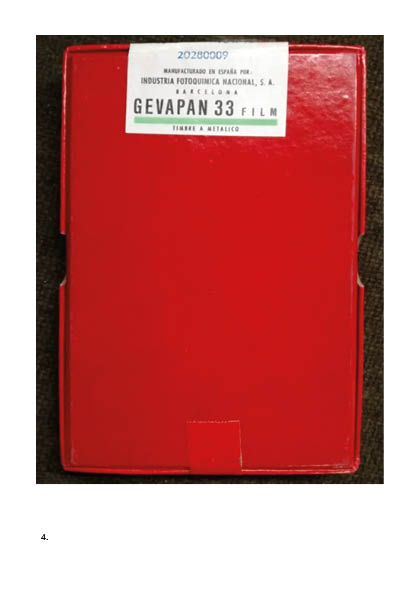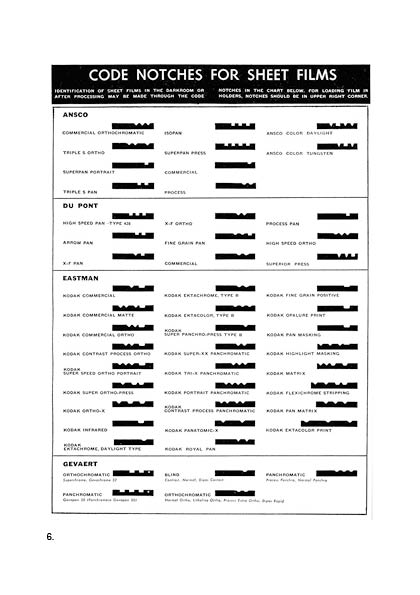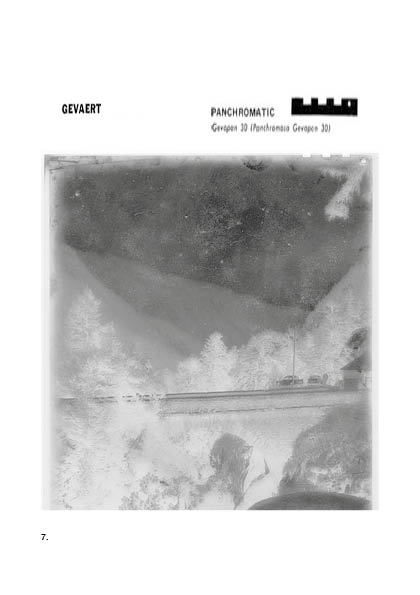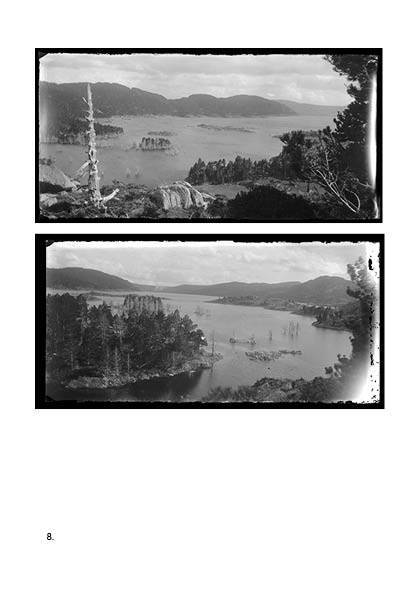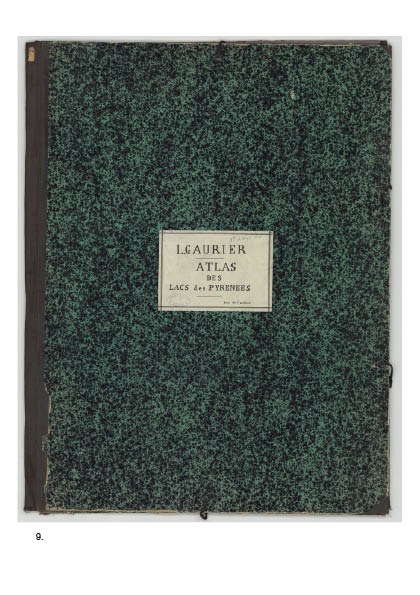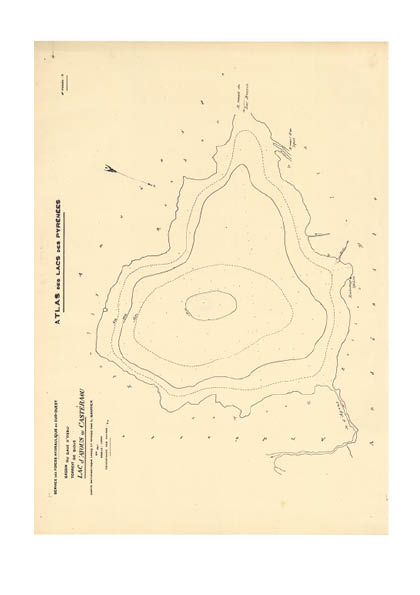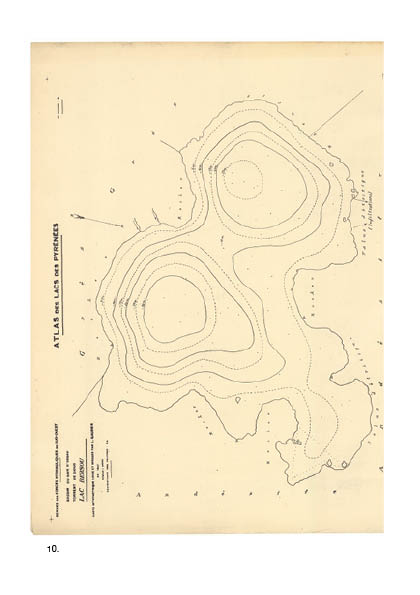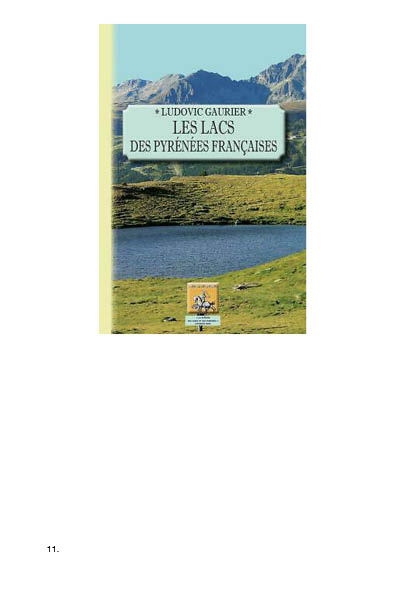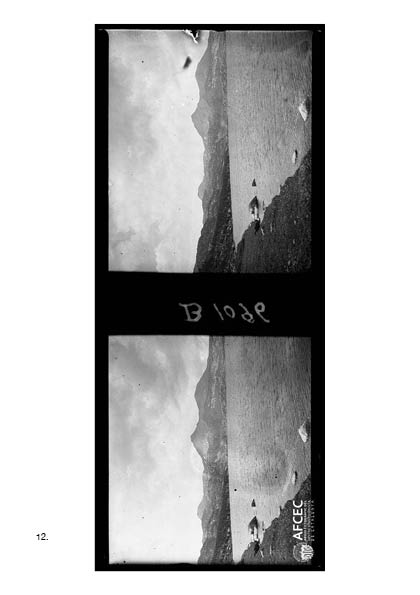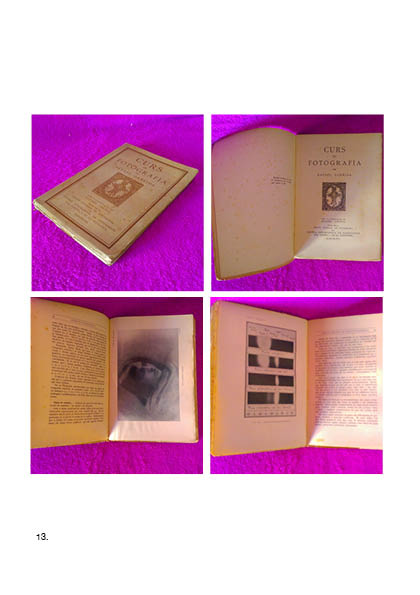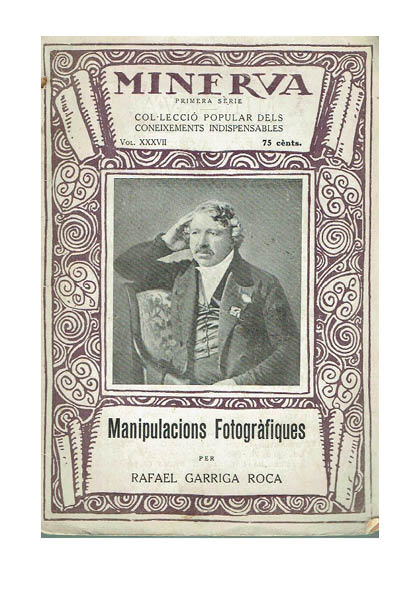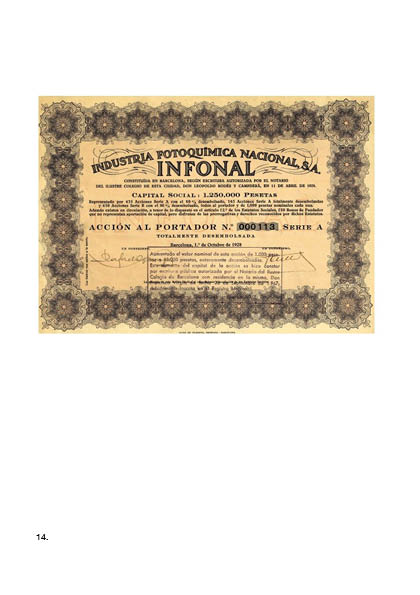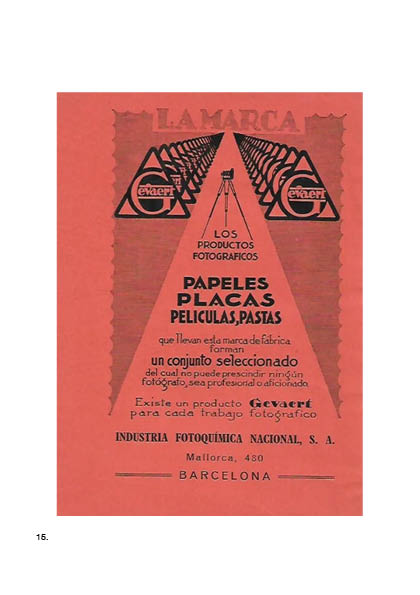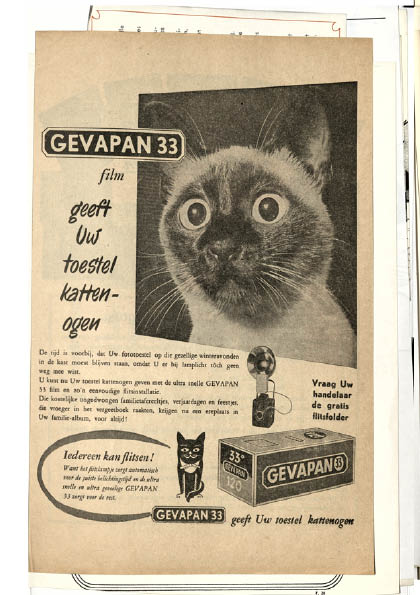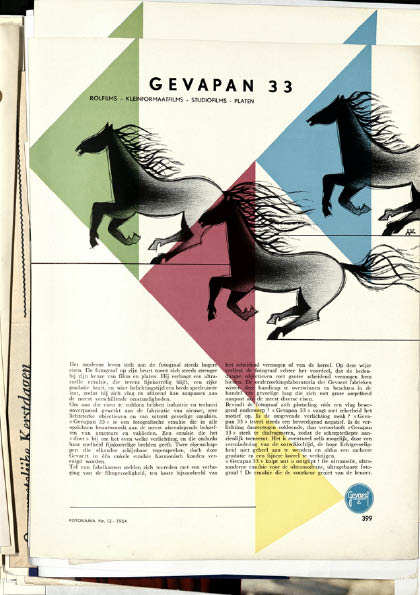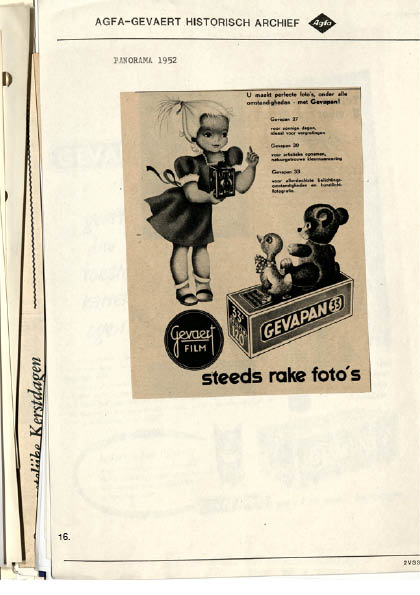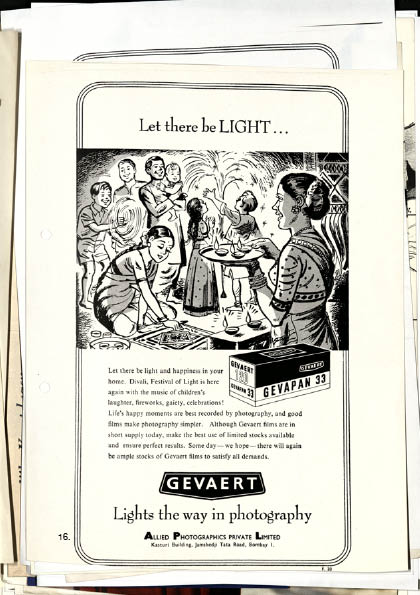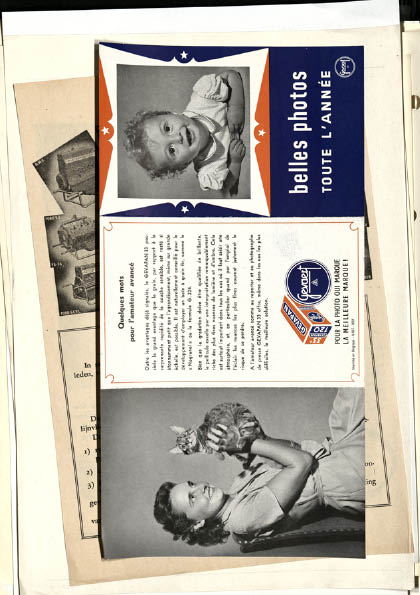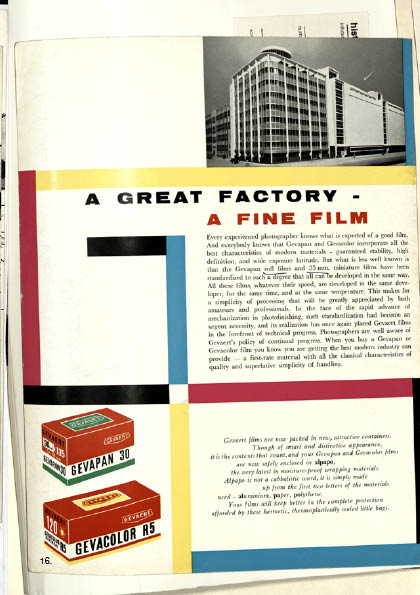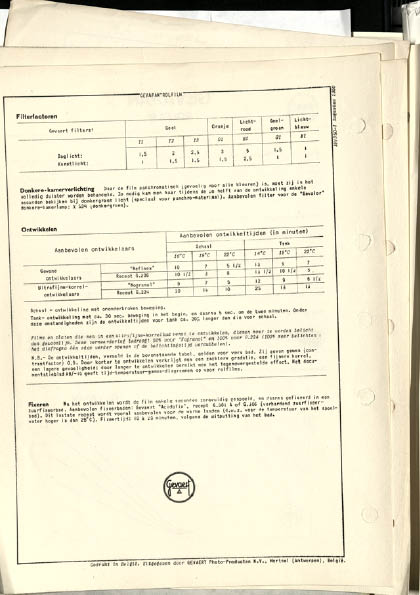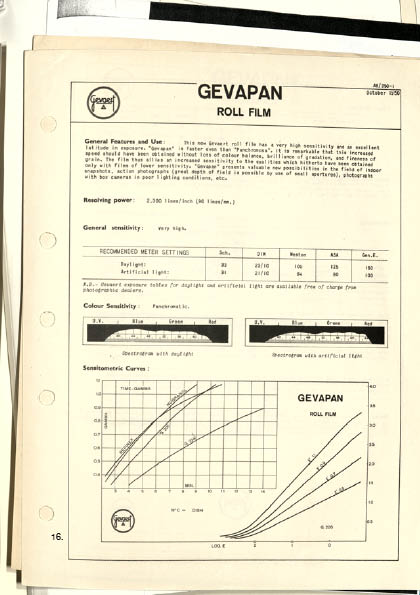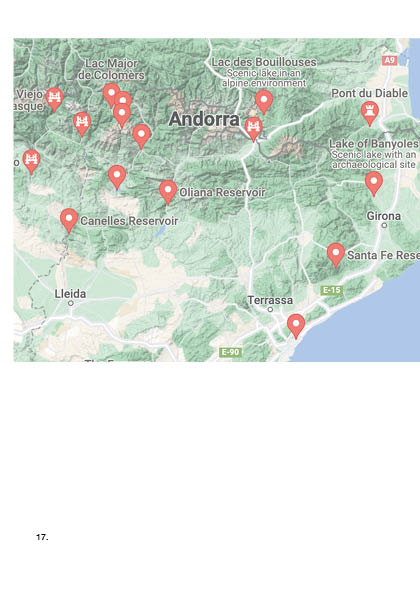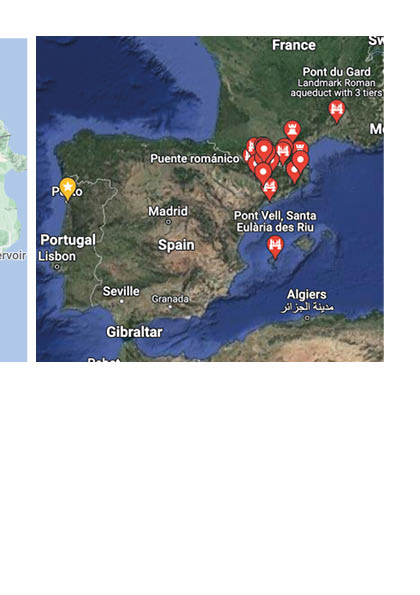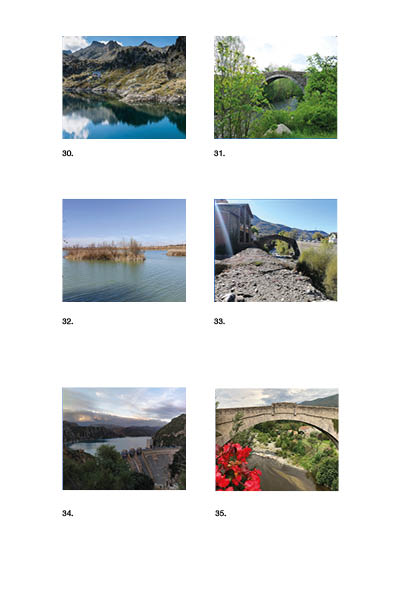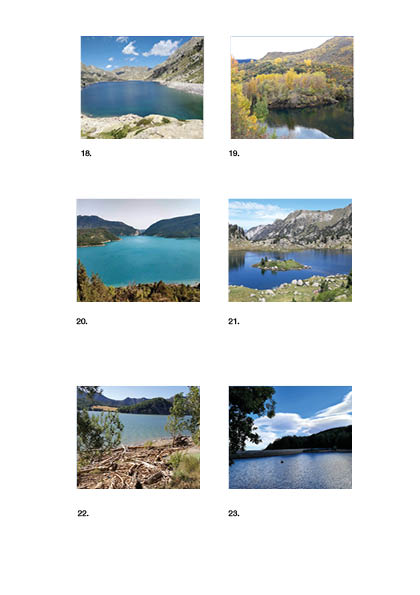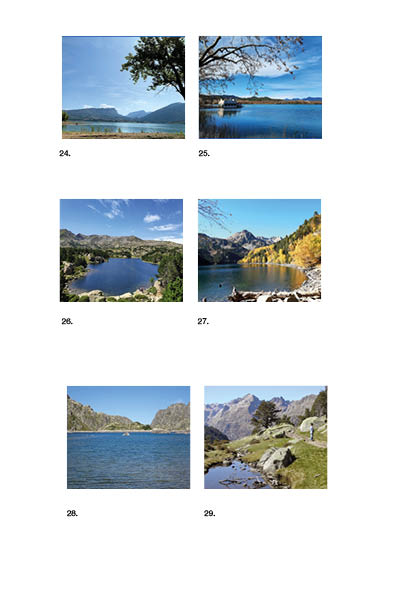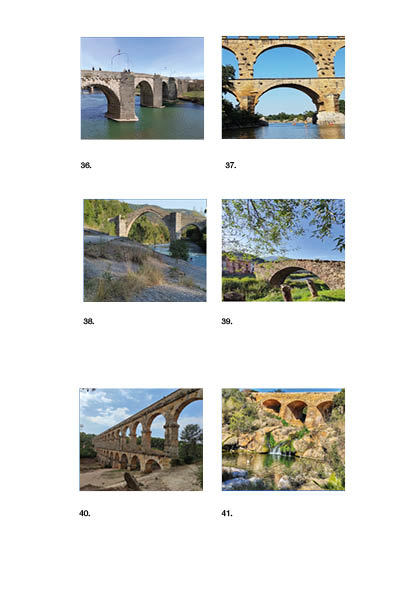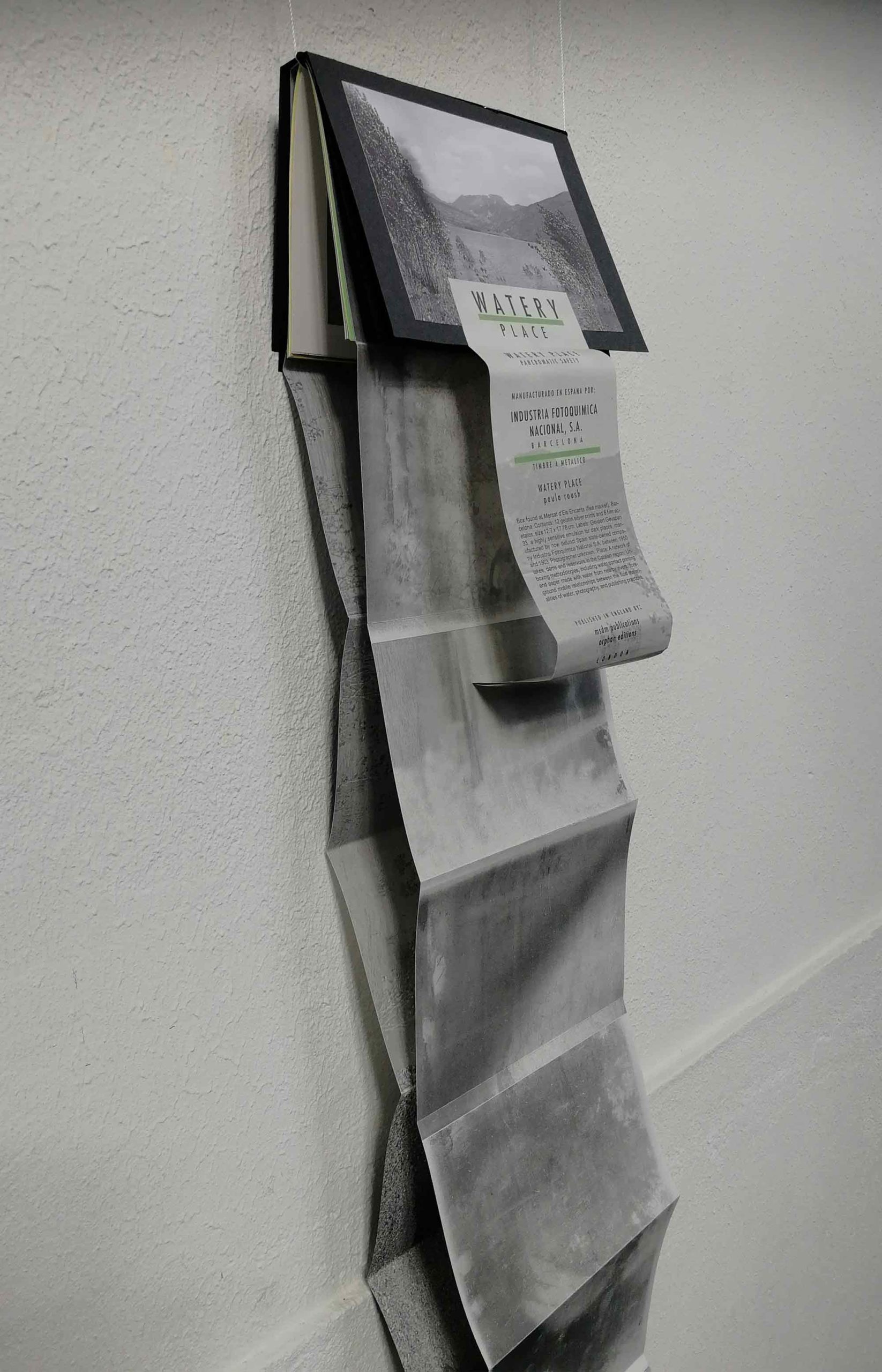
BRIEF SYNOPSIS OF THE PROJECT
Part photographic archival research, part ecological survey, the photobook figures the lakes of the Pyrenees haunted by a double disappearance. Of Spain’s chemical photography: Industria Fotoquímica National S.A. And of the Pyrenees goat species, hunted to extinction, Celia the last bucardo briefly ressurected through cloning.
PHOTOGRAPHS
Photographs by paula roush
With photographs sourced from the Found Photo Foundation
msdm platform dedicated to the collection, care and study of orphan photographs https://www.msdm.org.uk/found-photo-foundation
And several archives, whose works are in the Public Domain
or licensed with creative commons licenses by their respective authors
(generally CC BY-SA 4)
SIZE OF PHOTOBOOK
21 x 15,5 x 2 cm closed;
double accordion structure: 110 cm each side, 220 cm unfolded;
Central french-doors structure: 20 x 14 x 2 cm closed, 20 x 57 cm opened
Fold out collective map: 42 x 29.7cm
Fac similes of the negatives in the box: 12.7 x 17.78 cm
NUMBER OF PAGES
114 pages
Accordion structure: 16 pages each accordion, 32 pages total
French-doors structure: 2 pamphlets of 36 pages each, 72 pages total
Fold out collective map: 2 pages
Fac similes of the negatives: 8 “pages”
TYPE OF PAPER
Fabriano 120gsm
Evercolor cream 85gsm
Cyclus offset 250gsm
Acetate
Context Slate 285 gsm
Corona Black 120 gsm
Fedrigoni colour 80gsm
Premier 160 gsm
Oce MC silk 115 gsm
TYPE OF BINDING
Compound binding:
2 structures bound separately and attached to the cover
with elastic cord for a fluid (watery) reading
Accordion binding: double accordion structure bound with glue
French doors binding: 2 pamphlets sewn with 3-holes pamphlet stitch
to a common back cover
COVER DETAILS
Flush flat back cover with two folds as hinges, card stock Context Slate 285 gsm
Cover image: one of the photographs of the lakes (from the original box) glued,
size: 12 x 17 cm
Label: Facsimile of the Gevapan 33 label (typographics ),
creates a wrap around the book/box, size: 9,6 x 28 cm
PROJECT SYNOPSIS
At the time I found a box of photographs of the Pyrenees lakes, labelled Gevapan
33, a highly sensitive emulsion for dark places, at Mercat d’Els Encants (flea
market), Barcelona, in April 2018, the Spanish company that manufactured the
film— Industria Fotoquímica National S.A.— had long been defunct.
Using this extinction as a starting point, the book unfolds around the spectral
ecologies of photography and hunted animal species. The visual structures
of the bookwork bring to the forefrount a non-linear historical time articulated
around the watery figuration of the lakes.
In a first moment, the box contents—12 gelatine silver prints and 8 film acetates,
size 12.7 x 17.78 cm—- create a double accordion structure that unfolds photography’s
“liquid intelligence,” analogising a water stream.
Positive and negative, light and darkness emerge as counterpoints to the film’s
advertised miraculous sensitivity for “action photographs and poor lighting conditions.”
Making it ideal for elusive wild animals, as paradoxically promoted in the Gevapan
advert ‘Panorama’ (1952), where a child is seen pointing to shoot at her duck
and bear toys.
The linkages between photography and hunting, bring us into the second visual
structure- a double pamphlet (“Frenchdoors” binding), and another extinction,
that of the ibex species that once roamed the same area. Declared extinct in 2000,
after a falling tree in the Ordesa Park killed Celia, the last known female individual, it was
resurrected for a few minutes through cloning.
Here are gathered images from archival research, spanning early environmental
surveys like Ludovic Gaurier, bathymetric maps, illustrating the land that lies underwater
in Atlas des lacs des Pyrénées (1930).
Spanish photographic industry, with the work of Rafael Garriga, photography teacher
and creator of the photographic company that in 1928 was transformed into «Industria
Fotoquímica Nacional S,A.» “INFONAL”, in partnership with Photo Produits Gevaert,
a Belgian Flemish company founded by Lieven Gevaert and managed also by Hendrik
Kuijpe, manufacturers of Gevapan33.
A third moment includes a collective map, crowd sourced from online Pyrenees
“Google guides” aiming at identifying the lakes in the photographs,
including possible locations: Canelles Reservoir, Estany de Banyoles (Lake
of Banyoles), Estany Xic de Colomina, Valle de Benasque.
WATERY PLACE
photobook dummy: second iteration created for
the STAR photobook dummy award July 2022
WATERY PLACE
photobook dummy: first iteration created for
the BOX. UNBOX exhibition
Godsbanen Aarhus, April - May 2022
With works by Sille Juline Høgly Pedersen, Ane Bonde Rolsted,
Ali Roshanzamir, paula roush, Sarah Schorr, Bodil Soh
[see the exhibition here]
This is a project about a WATERY PLACE, a network of lakes, dams and reservoirs in the Pyrenees, and the confluence of various humans, nonhumans, and photographic technologies that shape the ways it is visualised.
WATERY PLACE seeks to represent the ways in which Catalunya watery landscape and its spectral ecologies came to intersect with its photographic industry, in a box of photographs found at Mercat d’Els Encants (flea market), Barcelona. Contents: 12 gelatine silver prints and 8 film acetates, size 12.7 x 17.78 cm. Labels: Gevaert Gevapan 33, a highly sensitive emulsion for dark places, manufactured by now defunct Spain state-owned company Industria Fotoquímica National S.A. between 1950 and 1963. Photographer: unknown. Precise locations: unknown.
The box has subsequently been the focus of photographic and academic research, to uncover the materialities, dates and locations of its photographic contents, and tell a latent story through archival research and crowd sourcing.
Addressing Spain’s ghostly photographic heritage, its connection to early environmental research and photography teaching, the book unfolds multiple moments:
1- A double accordion structure entangles the watery places as a unified water stream
2- A central pamphlet gathers Images from archival research, spanning early photographic documentation of the same area by environmental photographers like the Marcel·lí Gausachs i Gausachs (stereo photographs of same lakes), contextualise Spanish photographic industry, with the work of Rafael Garriga, photography teacher and creator of the photographic company that in 1928 was transformed into «Industria Fotoquímica Nacional S, A.» “INFONAL”, in partnership with Photo Produits Gevaert, a Belgian Flemish company founded by Lieven Gevaert and managed also by Hendrik Kuijpe. Also includes collective mapping, gathering of an online public map to support identification and location of places in the photographs inside the box found at Mercat d’Els Encants (flea market), including possible locations as: Canelles Reservoir, Estany de Banyoles (Lake of Banyoles), Estany Xic de Colomina, Valle de Benasque
3- A loose pamphlet gathers a group of water contact prints, created through direct printing of images in the box with stained water to capture the surface tension of water flow
4-Facsimile reproduction of the acetate films found inside the box
1. Base of box found at Mercat d’Els Encants (flea market) Barcelona: 18,7 x 13.7 x 1.8 cm,
cover lid was missing. Label: "Manufacturado en espana por Industria Fotoquimica Nacional S.A. Barcelona, Gevapan 33 Film Timbre a Metalico" (Manufactured by Industria Fotoquímica National
S.A. Barcelona, Gevapan 33 Film Metallic tone).
2.+ 3. Contents of box found at Mercat d’Els Encants (flea market), Barcelona:
12 gelatin silver prints and 8 film acetates, size 12.7 x 17.78 cm.
4.+ 5. Photograph of complete box (same film) found via online research, listed as "Papel Fotografico Pelicula Plana. GEVAERT GEVAPAN 33.10X15 sin abrir"
Visible: two labels, lid label [GEVAERT] and top part of base label (sealing the box),
missing from the box found at Mercat d’Els Encants.
6. Sheet film notch codes from 1954, table found online at
https://www.photo.net/discuss/threads/sheet-film-notch-codes-from-1954.356535/
7. Three squared notch-code types in the Gevaert Gevapan 33 acetate film sheets
in the box found at Mercat d’Els Encants.
8. Ludovic Gaurier, Lac des Bouillouses, View of the lake from the opposite side of the dam.
Mairie de Toulouse (1910-1920), Archives municipales, 67Fi134 - [Pyrénées. Lac des Bouillouses]
and 67Fi101 - [Pyrénées. Lac des Bouillouses]
9. Ludovic Gaurier, photographer, priest, mountaineer, specialist in limnology (study of lakes)
of the Pyrenees, is also the author of "Atlas des lacs des Pyrénées / [cartes bathymétriques]"
(Atlas of the lakes of the Pyrenees (bathymetric maps), of 210 lakes, published 1930.
10. Ludovic Gaurier, two bathymetric maps, illustrating the land that lies underwater,
of lakes of the Pyrenees, in Atlas des lacs des Pyrénées (1930).
11. Ludovic Gaurier Les Lacs des Pyrénées Françaises. Privat & Didier, 1934.
12. L’estany de les Bulloses. (ca. 1918) Arxiu Fotogràfic Centre Excursionista de Catalunya, by Marcel·lí Gausachs i Gausachs, catalan stereoscopic photographer, technique in which two pictures of the lake are taken from slightly different positions, when looked at in a viewer which presents only one picture to each eye, this produces an illusion of 3D.
13. Curso de Fotografia. Barcelona: Centre Autonomista de Dependents del Comerç i de la Industria(1921), and Manipulacions fotogràfiques. Barcelona: Ed. Políglota (1922), two books by Rafael Garriga i Roca (Barcelona, 1896 – 1969), founder in 1920 of the photographic company that in 1928 was transformed into «Industria Fotoquímica Nacional S, A.» “INFONAL”, in partnership with Photo Produits Gevaert, a Belgian Flemish company founded by Lieven Gevaert and managed also by Hendrik Kuijpers.
14. Industria Fotoquimica Nacional, S.A. Infonal. Share of 1,000 Pesetas - Barcelona 1928
15. Loose leaf of the photography magazine ‘Progress). full page advertising, 1929, GEVAERT
La marca (The brand) Industria Fotoquimica NacionalS.A. (National Photo chemical Industry)
Mallorca, 480 Barcelona
16. Info-sheets and advertisements for Gevapan 33. Historical Archive Agfa-Gevaert, Collection Fotomuseum Antwerp, 001-GEV – Subcollection Assortment”. Gevapan 33, produced from 1950
until 1963 (year of merger with Agfa), was an emulsion particularly suited for dark places, where natural light couldn’t be guaranteed. It is described in an internal magazine as follows: “a highly sensitive emulsion with a fine grain, a correct sensitivity of colour, and a gradation that doesn’t sell itself short […] Samples were sent to agencies. They replied: ‘prachtig, merveilleux, perfect, get it on the market, don’t wait, ausgezeichnet’ […] Then came questions to produce this emulsion on sheet film, small format film and plates. We obliged where possible and now Gevapan 33-studio film and plates can be delivered”.
17. Collective mapping: online public map to support identification and location of places in the photographs inside the box found at Mercat d’Els Encants (flea market), available at https://goo.gl/maps/YzqBvZnzSW1iq7kM7
18. Estany Xic de Colomina, photo: Cesar Villan
19. Noguera Pallaresa, photo: Ana Isabel Vallina
20. Canelles Reservoir, photo: Laura Rebollo
21. Lac Major de Colomèrs, photo: Deporfer Towers
22. Pantà d’Oliana (Oliana Reservoir) photo: ansoumana diakhaby. “I used to spend some days in summer in the town you have in the list, Benasque. You can add for example: Lago Colomers, puente de Sant Martí, lago de Banyoles or embalse de Oliana. [maddi]
23. Pantà de Santa Fe (Santa Fe Reservoir) photo: Lloret Mania
24. Pantà de Sant Antoni, photo: Roger Capdevilla
25. Estany de Banyoles (Lake of Banyoles), photo: eva gomez
26. Lac des Bouillouses, photo: Quentin Gicquelay
27. Estany de Sant Maurici, photo: Ana Isabel Vallina. Some images reminds me of Parc Nacional d’Aigüestortes i estany de Sant Maurici ( https://parcsnaturals.gencat.cat/ca/xarxa-de-parcs/aiguestortes/inici/) but I’m not sure and not all of the images. [montse]
28. Lac de Mar, photo: Jordi Etchanchu
29. Valle de Benasque, photo: Roberto Rodriguez
30. Val d’Aran, photo: Fernando Marco Perez
31. Pont de Sant Mart, photo: Nadine Moser
32. Laguna de Utxafaba, photo: Josep Ferrer
33. Puente Viejo de Benasque, photo: Ana VL
34. Embalse de Santa Ana, photo: Javier Aranda
35. Pont du Diable, photo: Pawel Waskiewicz
36. Pont Vieux of Carcassonne, photo: Colin Timaxian
37. Pont du Gard, photo: Sergio Pavesi
38. Puente románico, photo: angelin duran serena
39. Pont vell de Vilaller (Old Bridge of Vilaller), photo: Maria Rosa Guimerà
40. The Ferreres Aqueduct, photo: Antonio Moreno Leon
41. Pont Vell, Santa Eulària des Riu, photo: Javier Heras M
Research supported by:
School of Arts and Creative Industries
Centre for the Study of the Networked Image
at the London South Bank University
Exhibition supported by:
The Instituto Camões
and the Embassy of Portugal in Denmark
Special thanks to
Ane Bonde Rolsted and Bodil Soh
Silvia Schiermacher
Beate Cegielska, Galleri Image
and Aarhus Photobook Week
Jan Baetens, Lieven Gevaert Centre
Thomas Jenné and Tamara Berghmans,
Fotomuseum Antwerp
Swap studio
Maddi Sanchex Villegas
Montse Puig
